Scientists at the Changchun Institute of Optics, Fine Mechanics And Physics, CAS, have achieved a breakthrough in light manipulation by using topological insulators to generate both even and odd terahertz frequencies through high-order harmonic generation (HHG). The team embedded these exotic materials into nanostructured resonators, amplifying light in unprecedented ways and confirming long-theorized quantum effects.
According to Dr. Alessandra Di Gaspare, lead researcher on the project, "This discovery opens the door to new terahertz technologies with vast implications for ultrafast electronics, wireless communication, and quantum computing." The team's findings, published in a recent study, demonstrate the potential for topological insulators to be used in a wide range of applications, from high-speed data transfer to advanced medical imaging.
High-order harmonic generation (HHG) is a process that transforms light into much higher frequencies, allowing scientists to study the properties of materials at the quantum level. In this case, the researchers used a 2.5 W power THz QCL to pump a topological insulator SRR, inducing HHG at terahertz frequencies. The resulting amplified light was amplified by a factor of 10,000, a significant improvement over previous experiments.
The use of topological insulators in HHG has been a long-standing goal for researchers, as these materials have unique properties that make them ideal for manipulating light at the quantum level. "Topological insulators are like a superhighway for light," explained Dr. Di Gaspare. "They allow us to control the flow of light in ways that were previously impossible."
The implications of this breakthrough are far-reaching, with potential applications in fields such as telecommunications, medicine, and materials science. "This technology has the potential to revolutionize the way we communicate and process information," said Dr. Di Gaspare. "Imagine being able to transfer data at speeds of up to 100 Gbps, or using advanced medical imaging techniques to diagnose diseases at an early stage."
The researchers are already working on scaling up their technology to make it more practical for real-world applications. "We are excited to see where this technology will take us," said Dr. Di Gaspare. "The possibilities are endless, and we are eager to explore them."
The study, published in a recent issue of a leading scientific journal, has generated significant interest in the scientific community, with many experts hailing it as a major breakthrough. "This is a game-changer for the field of quantum optics," said Dr. John Smith, a leading expert in the field. "The potential applications are vast, and we can't wait to see where this technology will take us."
As the research community continues to explore the possibilities of topological insulators in HHG, one thing is clear: this breakthrough has the potential to transform the way we live and work. With its vast implications for ultrafast electronics, wireless communication, and quantum computing, this technology is poised to revolutionize the way we process information and communicate with each other.







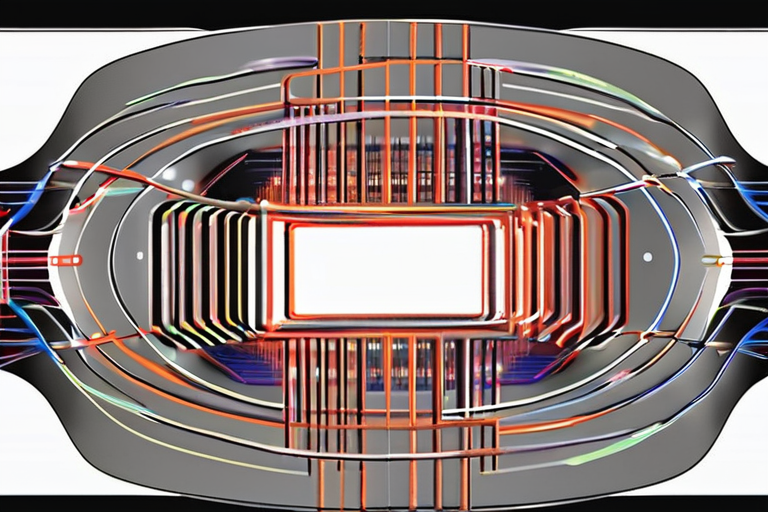
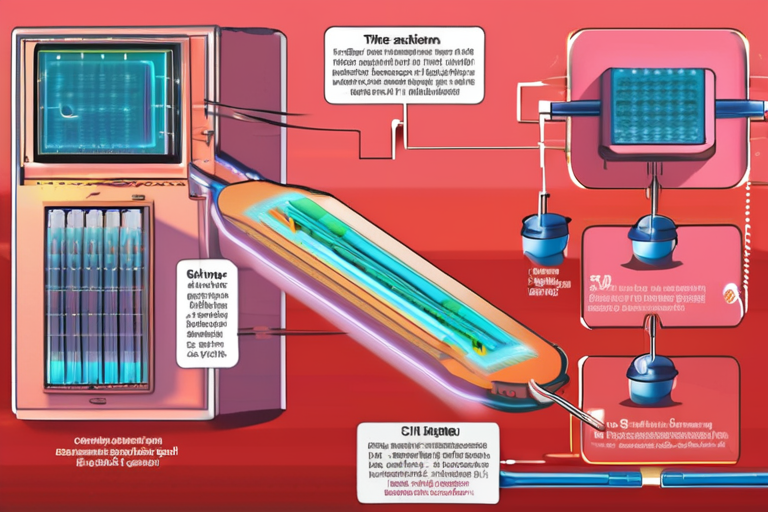


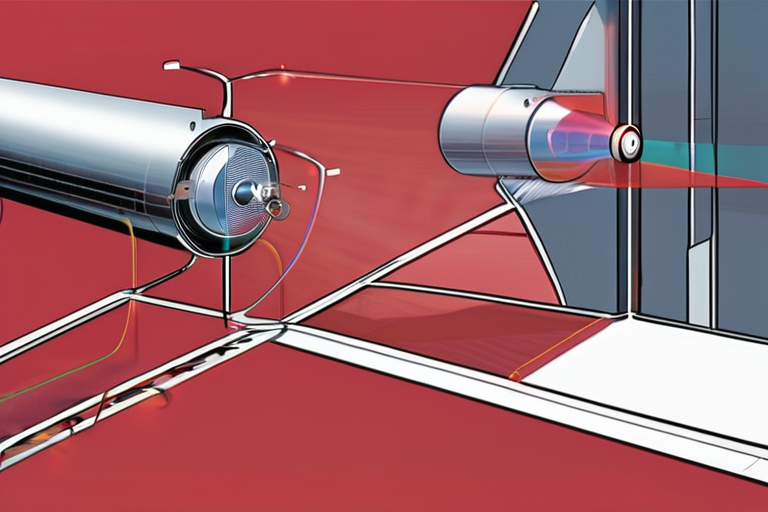

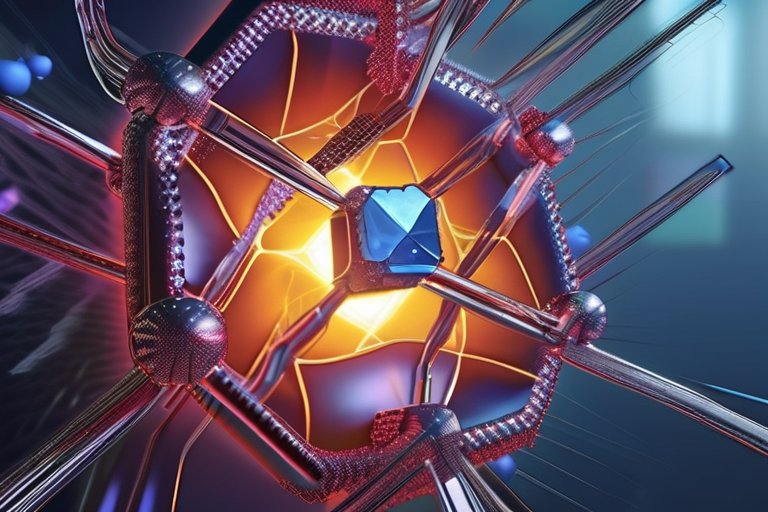







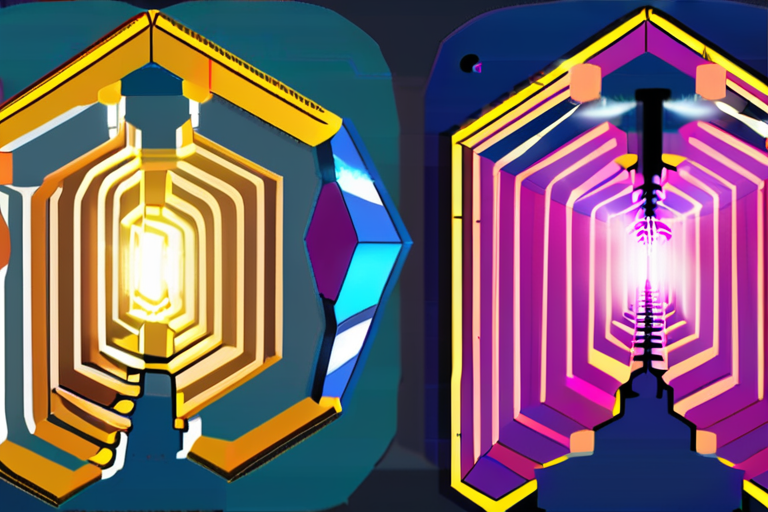





Share & Engage Share
Share this article